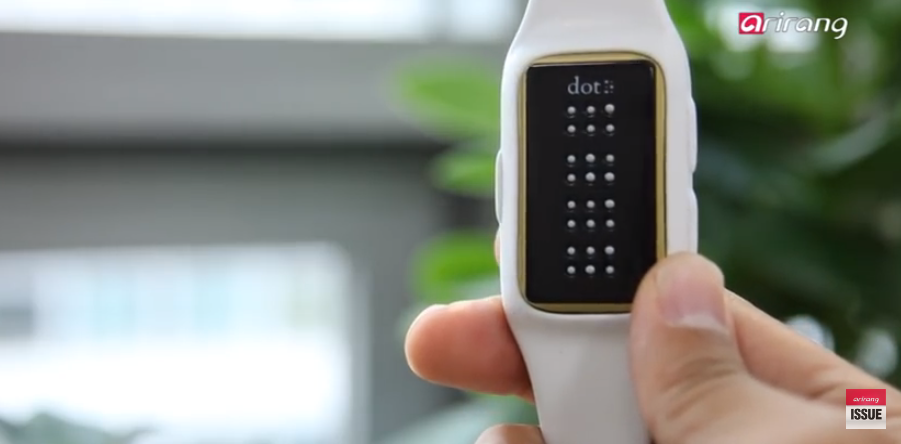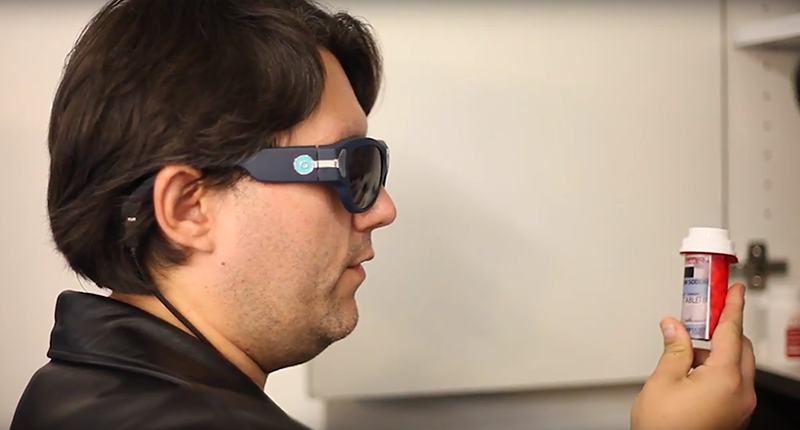Enhance Accessibility with Braille Tools and Notetakers
Enhance Accessibility with Braille Tools and Notetakers
Blog Article
Empowering Freedom With Assistive Technology for the Blind
The assimilation of assistive technology into the lives of individuals with visual disabilities represents a considerable improvement in advertising freedom and self-sufficiency. From cutting-edge screen viewers to innovative smart walking canes, these tools not only boost everyday navigating and communication yet also encourage customers to involve meaningfully in different facets of life. As we discover the myriad advantages and real-world applications of these technologies, it ends up being important to analyze the hidden factors that add to their efficiency and the potential for future growths in this important area.
Summary of Assistive Technology

The advancement of assistive innovation is grounded in concepts of inclusivity and empowerment. Advancements in software, hardware, and sensory improvements offer users with options customized to their specific needs. From display viewers that transform message to speech, to tactile gadgets that convey info through touch, these tools change the way people engage with their surroundings.
In addition to functional applications, assistive technology fosters better social inclusion and involvement in various sectors, consisting of education and work (Braille displays and notetakers). As r & d continue to develop, the potential for assistive modern technology to additionally boost the lives of visually impaired individuals stays appealing, leading the way for an extra equitable culture where every person can grow
Types of Assistive Tools
A variety of assistive tools have actually emerged to sustain individuals with visual disabilities, each made to meet details requirements and boost day-to-day functioning. These gadgets vary from low-tech services to sophisticated technologies, offering diverse alternatives for users.
Low-tech gadgets consist of magnifiers and large-print materials that help in reading and writing. Braille devices, such as Braille slates and stylus pens, enable responsive reading and interaction. Alignment and movement aids, like white walking sticks, assist individuals browse their environment safely.
On the greater end of the range, digital magnifying systems and display visitors provide substantial support. Electronic magnifiers enable users to expand message and pictures on screens, while screen readers convert digital web content into manufactured speech, facilitating access to information on smartphones and computer systems.
Mobile phone applications also play a crucial function, offering features like text acknowledgment and navigating assistance. Wearable technology, such as clever glasses outfitted with augmented reality, is emerging as an appealing tool to improve situational awareness.
Benefits of Assistive Technology
The combination of assistive technology dramatically boosts the lifestyle for individuals with aesthetic disabilities. These modern technologies encourage users by promoting freedom, allowing them to browse their atmospheres better and do daily jobs with higher simplicity. As an example, screen viewers and magnifying software permit people to access electronic Full Article information, cultivating instructional and professional chances that may have previously been out of reach.
Moreover, assistive gadgets such as smart walking canes and GPS applications supply real-time navigation assistance, boosting flexibility and safety. This raised freedom not just improves self-esteem but likewise motivates social engagement, allowing customers to participate more completely in their communities.
Assistive modern technology likewise assists in interaction, helping customers connect with others with voice acknowledgment and text-to-speech applications. This capacity is important for keeping relationships and accessing important info.
Furthermore, the customization choices readily available with several assistive technologies guarantee that customers can tailor gadgets to their details demands, better enhancing functionality and effectiveness. Generally, the benefits of assistive innovation for people with aesthetic problems are extensive, advertising an extra inclusive culture where every person can seek their goals and ambitions.
Instance Researches and Success Stories
Highlighting the transformative influence of assistive technology, various situation researches highlight just how people with aesthetic impairments have actually efficiently integrated these devices into their lives. One engaging example entails an university student who used display analysis software he said to navigate academic products and online resources properly. This technology not just facilitated her education and learning yet additionally boosted her confidence in taking part in discussions and group projects.
Another instance research study includes an expert who utilizes a smartphone application created for navigating and things recognition. By utilizing this application, he has actually regained autonomy in both his individual and job atmospheres, enabling him to commute separately and involve with colleagues more efficiently.
Additionally, a retiree shared her experience with braille e-readers, which allowed her to access a vast range of literary works and remain gotten in touch with her neighborhood via publication clubs.
These success tales underscore the important role of assistive modern technology in fostering self-reliance, enhancing lifestyle, and advertising social integration for people with aesthetic impairments (OCR devices for the blind). By embracing these cutting-edge tools, individuals can get over difficulties and take possibilities that contribute to their personal and expert gratification

Future Trends in Assistive Technology
Development in assistive modern technology is poised to redefine the landscape of assistance for people with visual disabilities. Arising patterns emphasize the assimilation of expert system (AI) and artificial intelligence, which enhance the functionality of tools that assist with navigation and info availability. For circumstances, AI-driven applications are currently qualified of analyzing visual information in real-time, making it possible for customers to engage with their setting a lot more individually.
Moreover, the development of wearable modern technology is advancing swiftly. Smart glasses geared up with increased reality (AR) can supply audio descriptions of environments, transforming exactly how individuals communicate with public areas. These devices not just promote freedom however additionally foster social addition.
Furthermore, the Internet of Points (IoT) is making homes smarter, permitting smooth connectivity in between assistive devices and daily devices. This connectivity equips individuals by making it possible for voice-activated controls and automated feedbacks tailored to private needs.
Final Thought
To conclude, assistive modern technology plays a critical duty in equipping people with visual problems by enhancing their independence and engagement with their surroundings. The diverse variety of applications and devices available not only promotes navigating and interaction yet additionally promotes social assimilation and opportunities for professional and personal development. As advancements continue in this area, the capacity for enhancing the top quality of life for those with visual disabilities will expand, promoting greater autonomy and empowerment.

Report this page